Pepper Prowess: The Top 10 Tips for Growing Your Own Small Chili Pepper Plant at Home!
If you've ever walked into a spice market and inhaled the rich, fiery scent of fresh chilies, you know there's something magical about these little flavor bombs. But did you know you can grow your own small chili pepper plant right on your windowsill or balcony? Whether you're a seasoned gardener or a complete beginner, this guide will help you master the basics of growing spicy little gems in tight spaces.
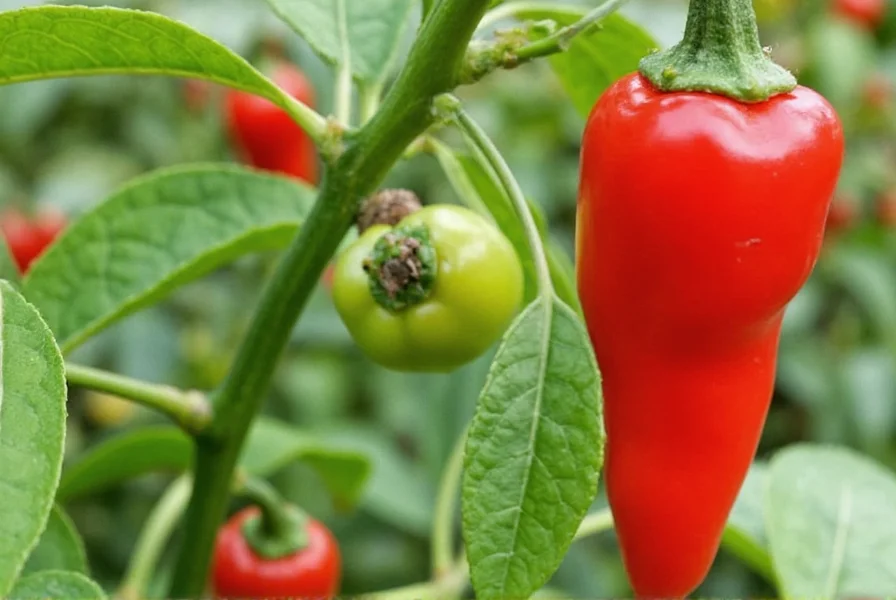
Table of Contents
- Why Grow a Small Chili Pepper Plant?
- Choosing the Right Variety for Your Space
- Top 10 Care Tips for Thriving Peppers
- Buying Guide: Selecting the Perfect Starter Plant
- Frequently Asked Questions (FAQs)
- Final Thoughts: Let the Heat Begin!
Why Grow a Small Chili Pepper Plant?
You might be wondering why bother with a small chili pepper plant when you can just buy peppers at the store. Well, here’s the deal:
- Freshness: Nothing beats the taste of homegrown chilies—especially when you pluck them straight from the plant.
- Versatility: From mild jalapeños to blazing ghost peppers, small chili plants offer endless culinary possibilities.
- Satisfaction: Watching your own little plant bloom and bear fruit is deeply rewarding—and it adds a pop of color to any room.
- Space Efficiency: Unlike sprawling tomato vines, many chili varieties thrive in compact pots, making them ideal for apartments or patios.
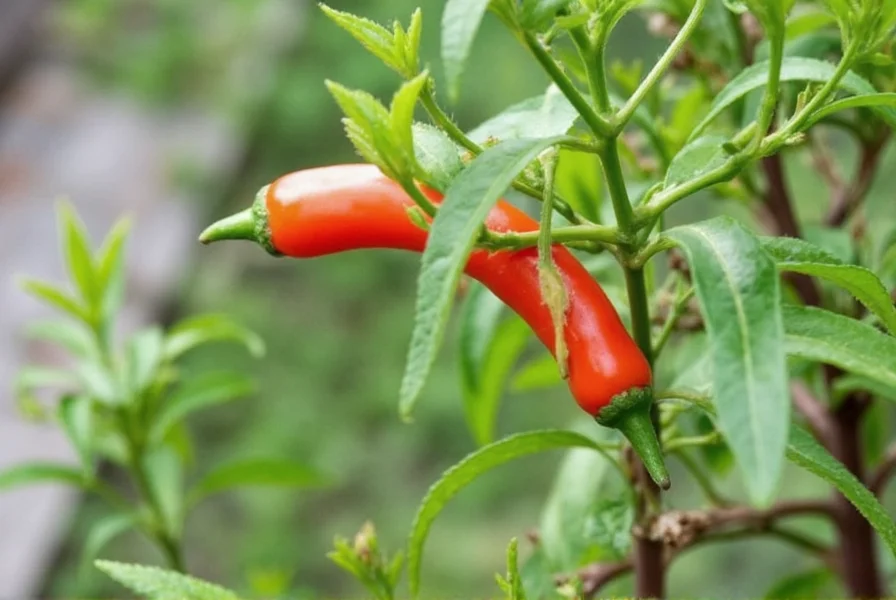
Choosing the Right Variety for Your Space
Not all chilies are created equal. Some get big, some stay tiny, and some like to show off with vibrant colors. Here's a handy table to help you pick the perfect one:
| Variety | Size | Heat Level (Scoville Units) | Best For |
|---|---|---|---|
| Jalapeño | Medium | 2,500–8,000 | Mild heat lovers; perfect for salsas and tacos |
| Hatch Chile | Medium | 1,000–8,000 | Smoky flavor; great grilled or roasted |
| Bird’s Eye Chili | Small | 50,000–100,000 | Fiery dishes like Thai curries and sauces |
| Cayenne | Long and slender | 30,000–50,000 | Drying and grinding into powder |
| Thai Hot | Very small | 50,000–100,000 | Authentic Thai cuisine lovers |
Top 10 Care Tips for Thriving Peppers
Growing a healthy small chili pepper plant isn't rocket science—but it does require attention to a few key details. Here are our top tips:
- Give It Light: Chilies love sunlight! Aim for at least 6 hours of direct sun per day. If you’re indoors, place near a south-facing window or use a grow light.
- Pick the Right Pot: Use a container that’s at least 10 inches in diameter with drainage holes. Terracotta or fabric pots are great choices because they allow for better airflow.
- Use Quality Soil: Go for a well-draining potting mix with added compost or organic matter. Avoid garden soil—it compacts easily and may carry pests or diseases.
- Water Smartly: Keep the soil consistently moist but not soggy. Water when the top inch feels dry. Overwatering is the #1 killer of potted plants!
- Fertilize Regularly: Feed every 2–3 weeks with a balanced fertilizer high in phosphorus and potassium. Too much nitrogen leads to lush leaves and fewer fruits.
- Keep Temperatures Warm: Ideal temperature range is 70–90°F (21–32°C). Protect your plant from cold drafts or sudden temperature drops.
- Pollinate by Hand: Indoors, there are no bees to do the job. Gently shake the flowers or use a soft brush to transfer pollen between blossoms.
- Prune When Necessary: Remove lower leaves to improve air circulation and reduce risk of disease. Pinch off early buds if you want stronger root development first.
- Watch Out for Pests: Common culprits include aphids, spider mites, and whiteflies. Treat with neem oil or insecticidal soap if needed.
- Harvest with Care: Pick peppers when fully colored for best flavor. Use scissors to avoid damaging the plant. Don’t be shy—harvesting encourages more growth!
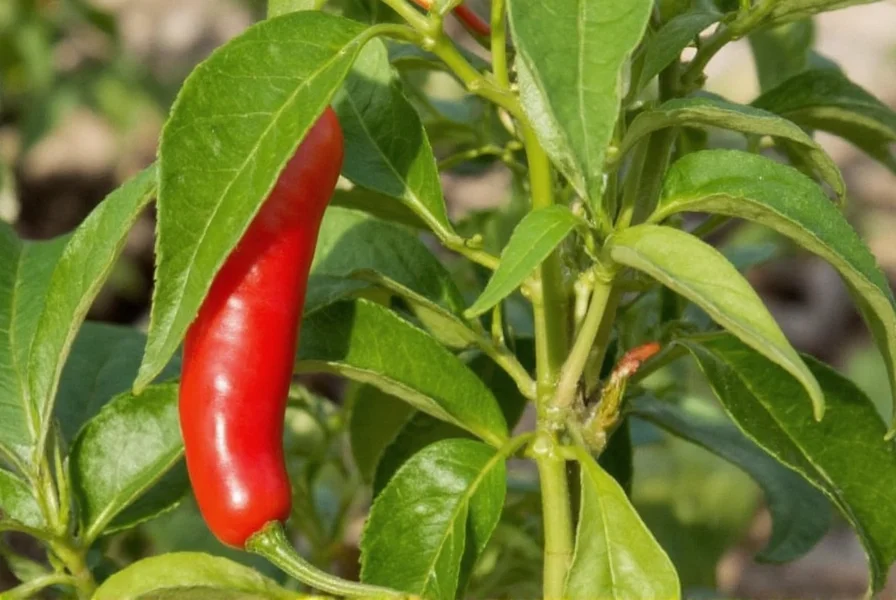
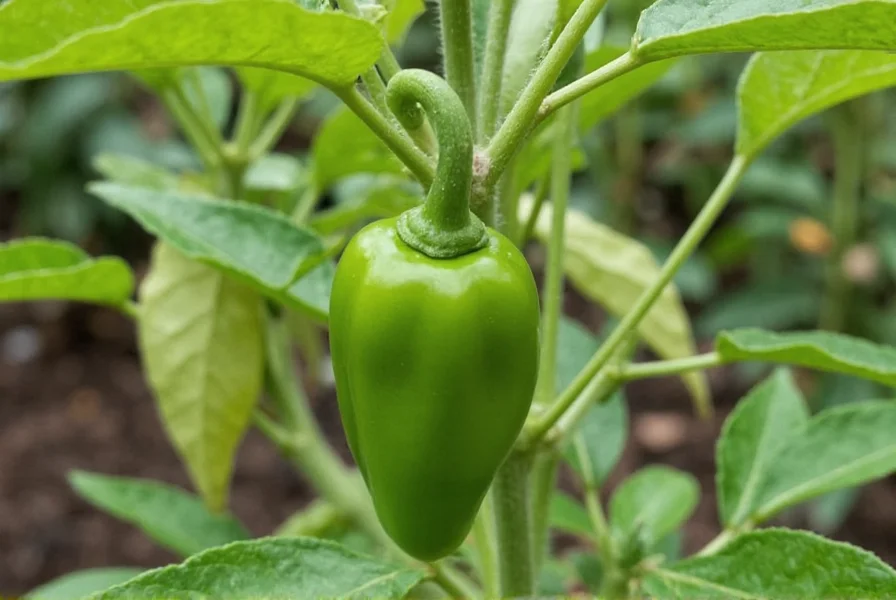
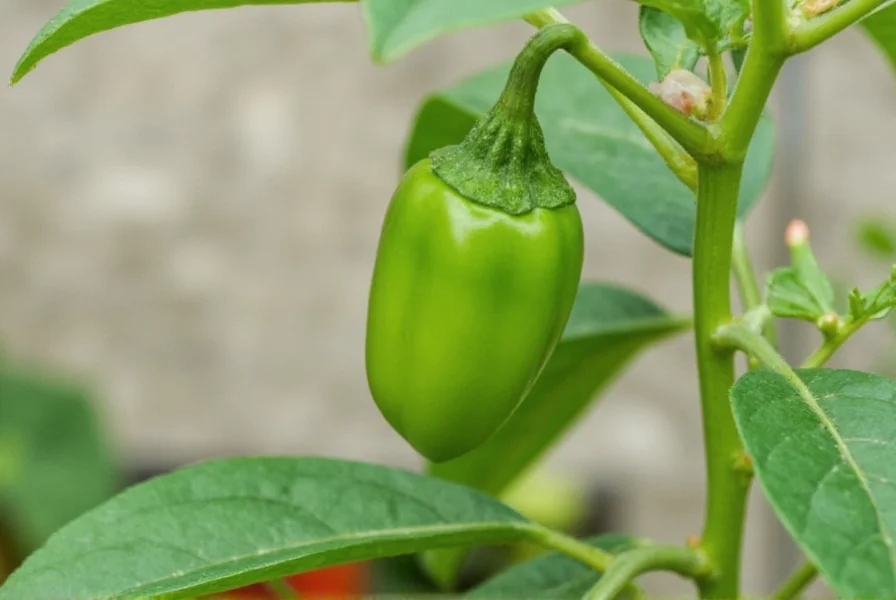
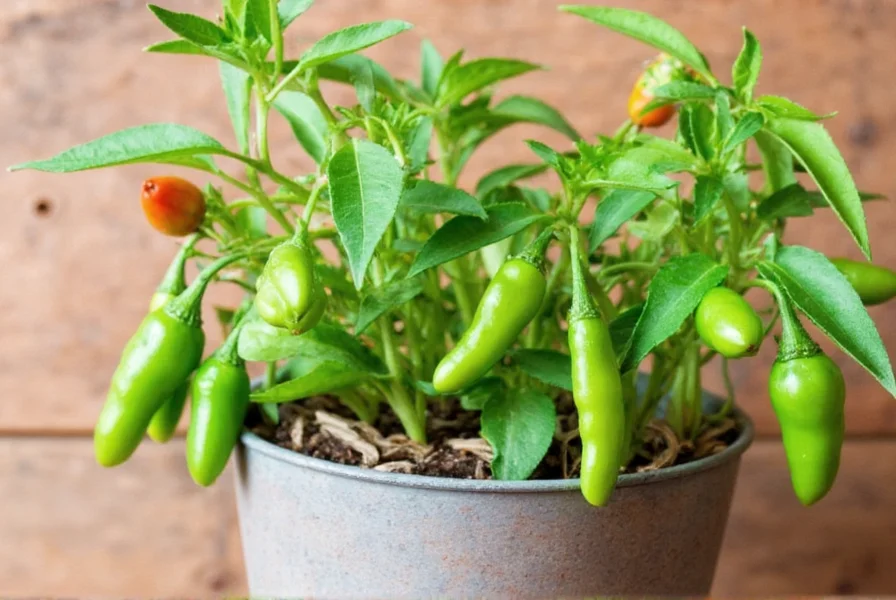
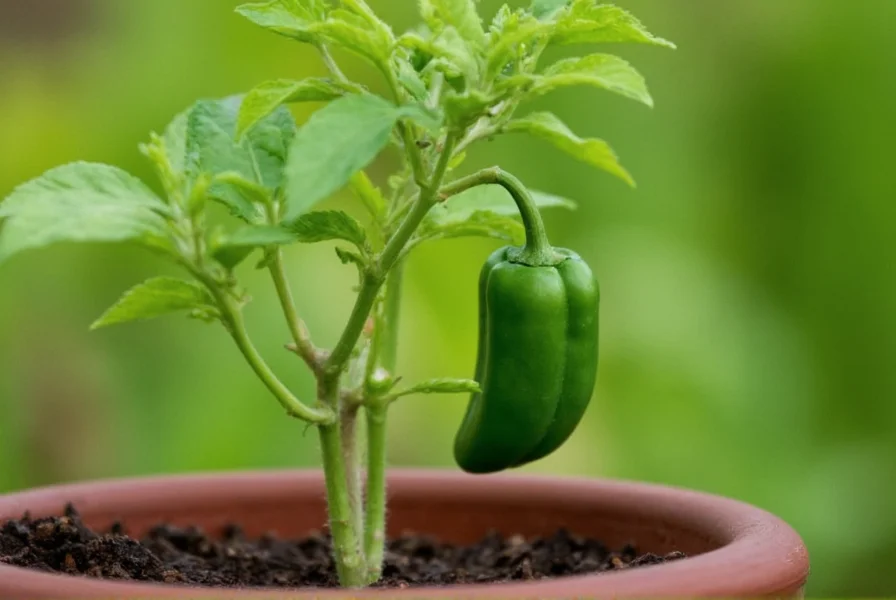
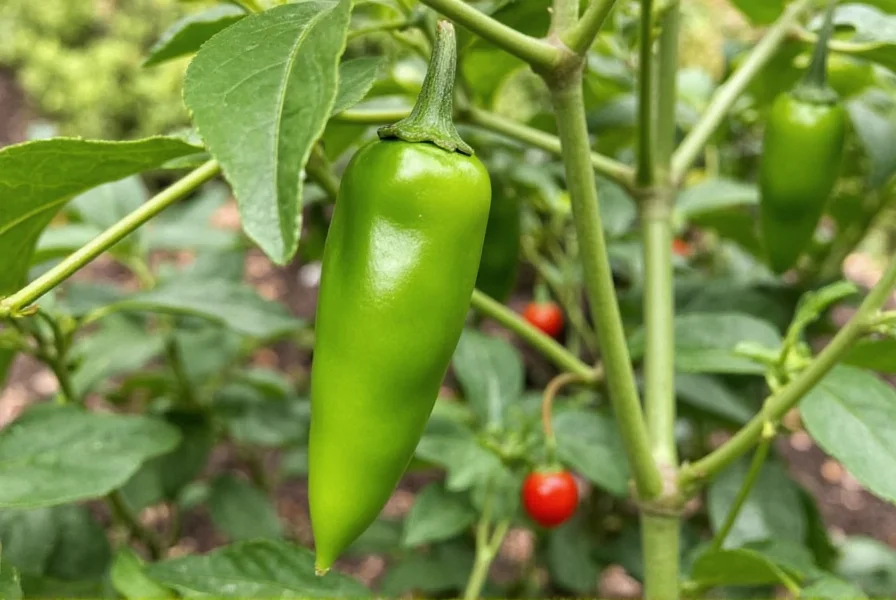
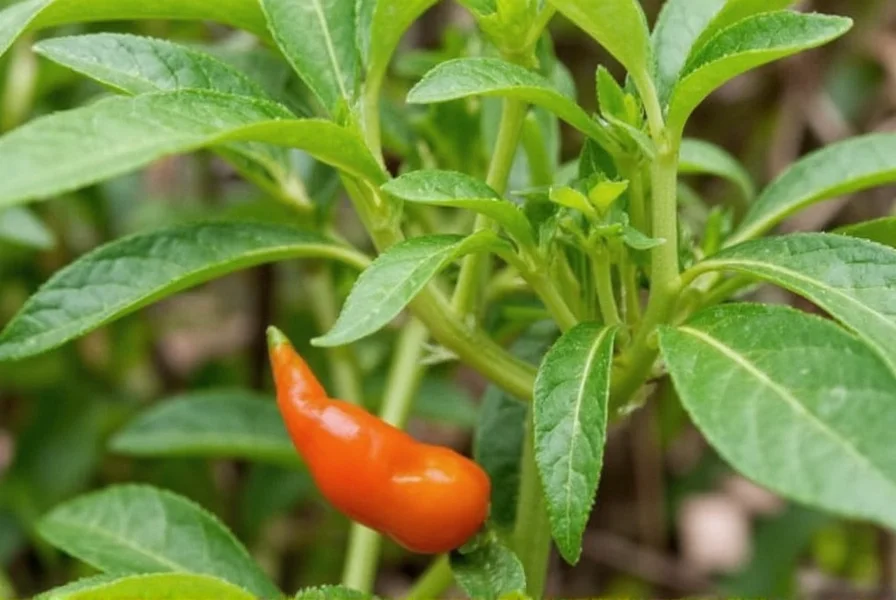
Buying Guide: Selecting the Perfect Starter Plant
If you're not starting from seeds, choosing a healthy small chili pepper plant from a nursery or online shop is key. Here's what to look for:
| Product | Features | Advantages | Best For | Occasion |
|---|---|---|---|---|
| Mini Cayenne Pepper Plant | Compact size, bright green foliage, budding stage | Easily transitions indoors, moderate heat level | New gardeners, indoor growers | Gifts or starter kits |
| Thai Hot Pepper Starter Kit | Includes soil, pot, and seedlings | All-in-one solution, fast-growing | Spice enthusiasts, urban gardeners | Home cooking upgrades |
| Bird’s Eye Chili Live Plant | Live delivery, strong root system | High yield, excellent heat intensity | Experienced growers, gourmet cooks | Kitchen herb gardens |
Frequently Asked Questions (FAQs)
How long does it take for a small chili pepper plant to bear fruit?
From seed, most small chili plants take 60–90 days to produce peppers. Starting with a live plant shortens the wait to as little as 4–6 weeks after planting.
Can I grow a chili pepper plant indoors year-round?
Absolutely! With enough light (either natural or via grow lights), consistent watering, and proper care, you can enjoy peppers all year long.
Do chili plants come back every year?
Most chili varieties are perennials but are often grown as annuals in colder climates. In warm zones (USDA Zones 9–11), they can survive winter and regrow the next season.
What is the smallest chili pepper plant available?
The “Prairie Fire” chili is known for being extremely compact while still producing hot, colorful pods—perfect for tiny spaces.
How do I overwinter my chili plant?
Cut back the plant slightly, bring it indoors before frost, and place in a sunny spot. Reduce watering and stop fertilizing during dormancy.
Final Thoughts: Let the Heat Begin!
Whether you're spicing up your salsa or adding depth to your homemade curry, growing your own small chili pepper plant is a game-changer. With minimal space, a bit of patience, and a touch of care, you can transform your kitchen or balcony into a tropical flavor haven.
So grab a pot, find a sunny spot, and let your inner horticulturist shine. Because nothing says "I’ve got flavor" quite like harvesting your own homegrown chili peppers.
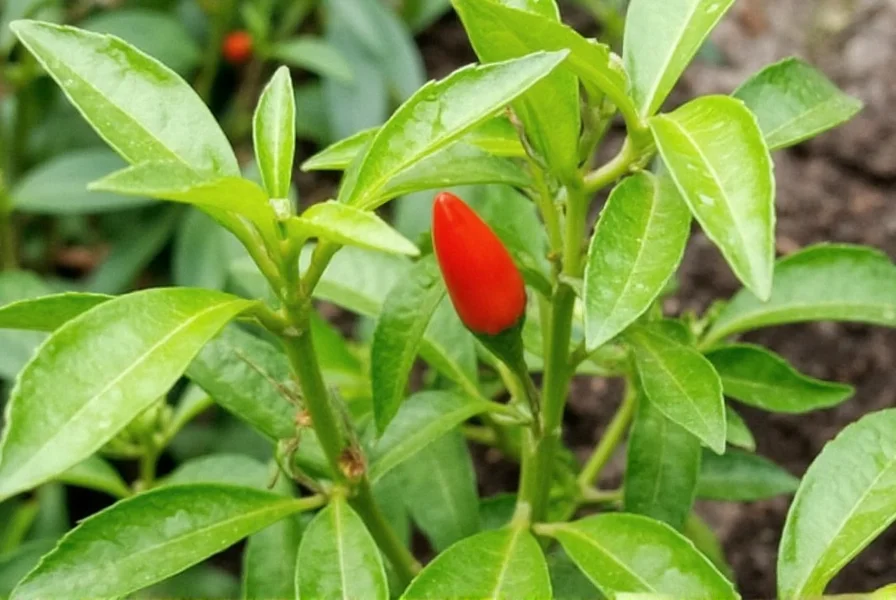
Got questions? Drop them in the comments below. And remember—when it comes to heat, it’s always better to grow your own!

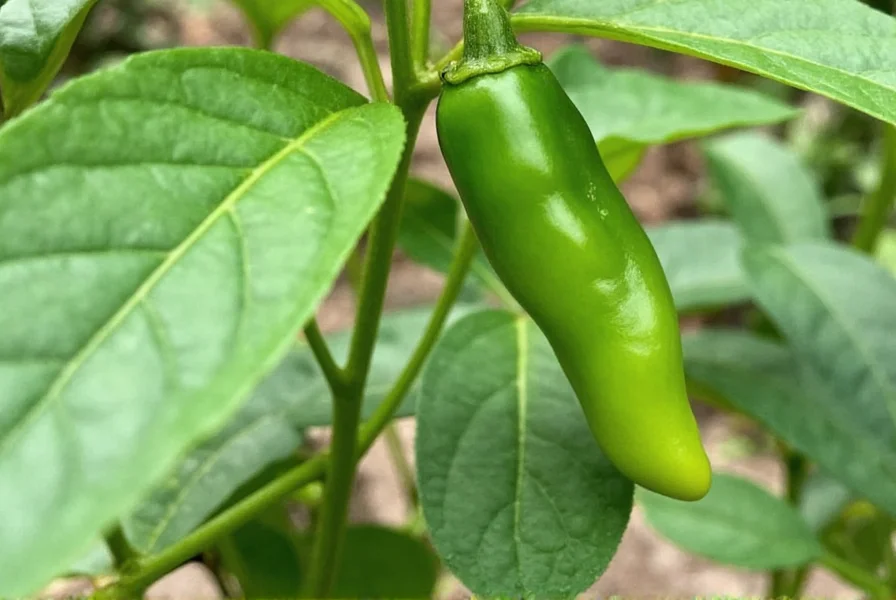









 浙公网安备
33010002000092号
浙公网安备
33010002000092号 浙B2-20120091-4
浙B2-20120091-4